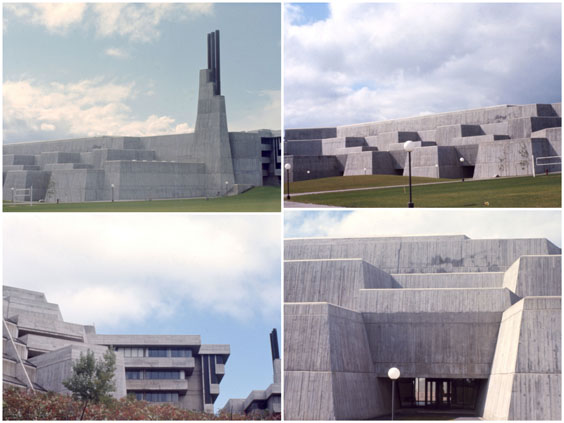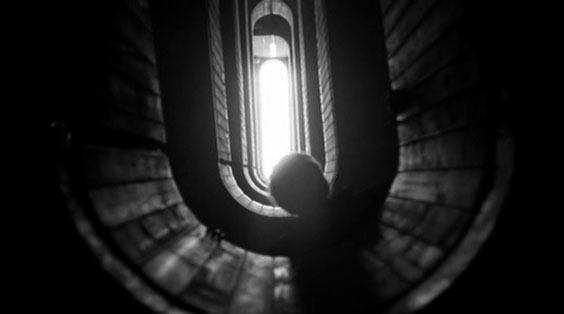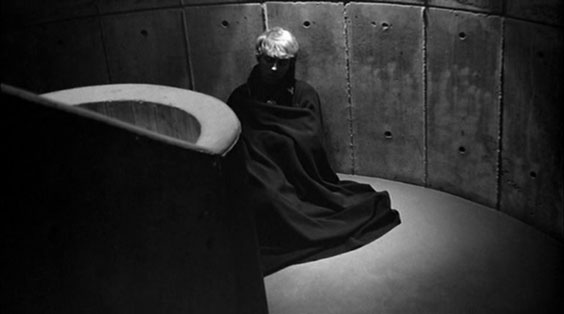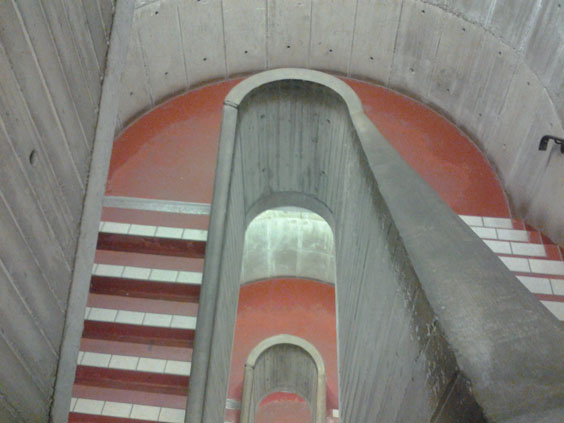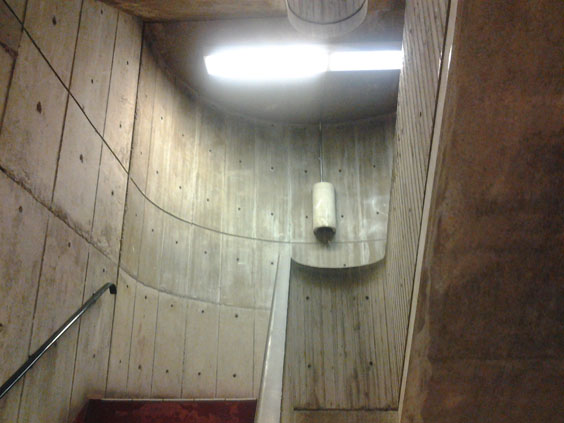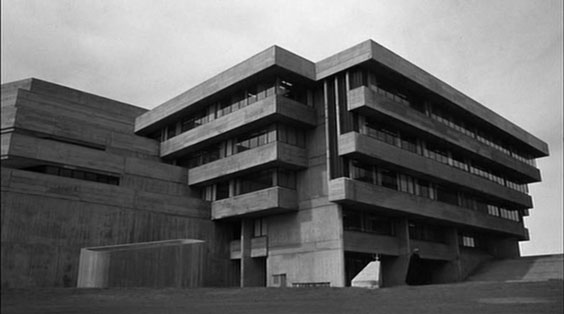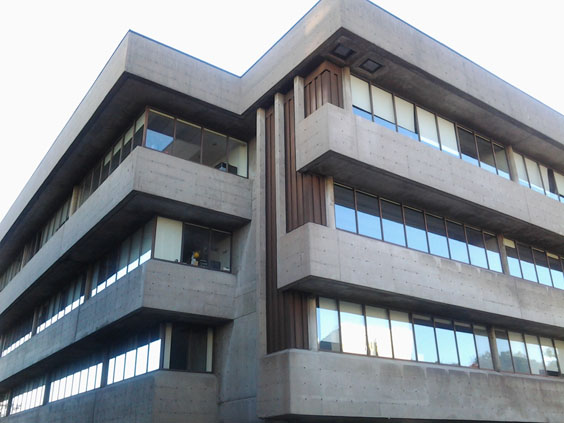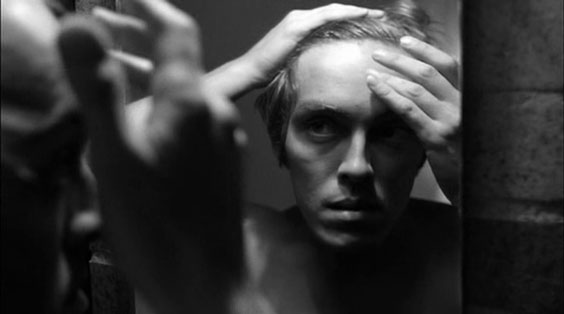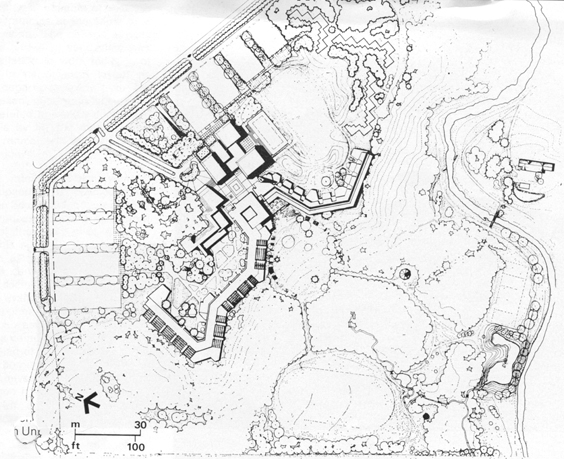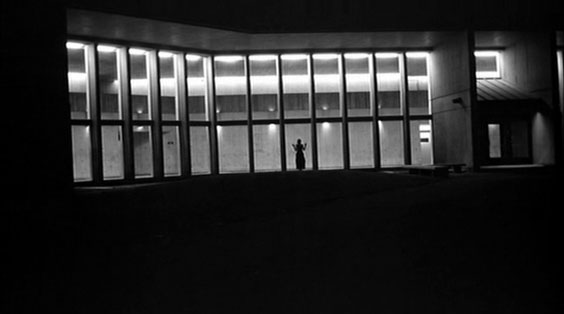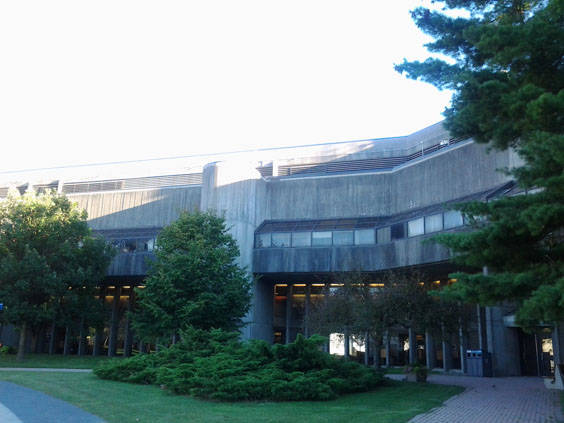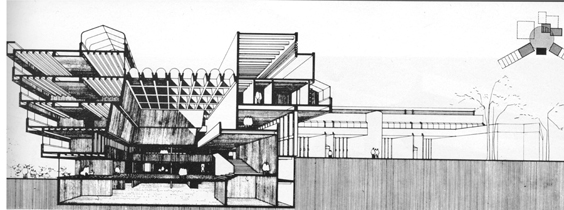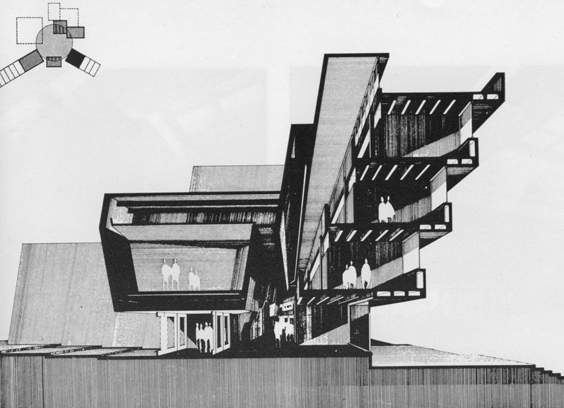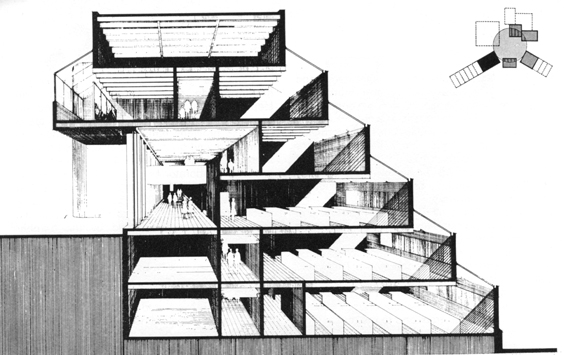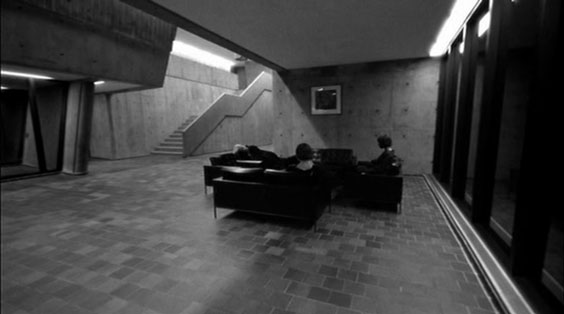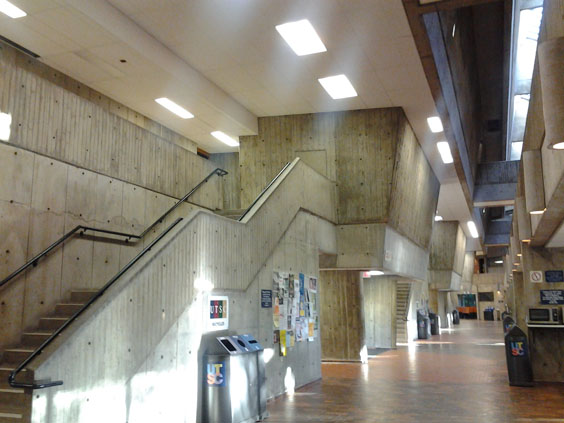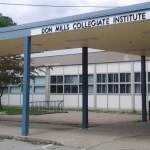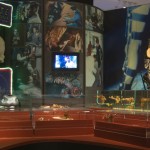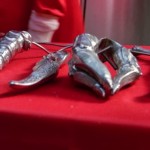The Psychotronic Tourist: “STEREO”
‘THE CANADIAN ACADEMY FOR EROTIC ENQUIRY’ – The Andrews Building, The University of Toronto Scarborough College (UTSC), 1265 Military Trail, Scarborough, Ontario
Visiting movie locations carries with cialis online us it a sense of the uncanny. There’s a pivotal moment at the climax of Peter Bogdanovich’s TARGETS where hydrochlorothiazide cialis the boy-next-door-turned-sniper is thrown into confusion by the sight of two Boris Karloffs: one on the giant drive-in screen and the other a very real old man standing in front of him. Such meta-cinematic events are hard for the rational brain to reconcile with its tendency toward nostalgic embellishment. Bogdanovich’s killer doesn’t understand how these two things can co-exist.
Movie sightseeing is also like seeing double – you approach the locations in daylight, without the filters and lenses that associate it with its fictional counterpart. People come and go, never stopping to exoticize the location, which often serves another, more practical best online generic levitra function for them. They don’t see what you see. You’re like a person who sees ghosts, standing in this liminal world between the real and the unreal – you see all the magic, memory and experience that the building records and plays back like a stone tape.
From David Cronenberg’s STEREO (1969):
The same locations now:
When I first visited the single, magnificent location for Cronenberg’s debut feature STEREO (then considered a mini-feature at 60 minutes), I was very aware of this notion of ghost-hunting. My gaping jaw – taken aback by how much of its interiors remained identical to those of Cronenberg’s (ironically patriotic) fictional institution, the Canadian Academy for Erotic Enquiry, over 40 years ago – was met with quizzical looks by students who were cloistered in little cubicles that ran along the windowed lobbies, already drowning in schoolwork the first week of September. They looked at me suspiciously as I wandered around taking pictures of their school, namely the Sciences and Humanities cialis 5mg wings of The Andrews building at Scarborough College, just outside of Toronto.
Then:
And now:
In the film, seven young individuals, led by Ron Mlodzik – also to be the star of Cronenberg’s CRIMES OF THE FUTURE the following year – are brought to the Canadian Academy for Erotic Enquiry for a polymorphous experiment. The experiment’s purpose: to monitor how quickly the subjects develop psychic symbiosis and how they manipulate, swap and merge roles within their manufactured community. There is no live or ambient sound in the film, only a series of offscreen narrators who read out academic reports on the experiment’s progress. The Andrews building is a stunning visual complement to the experiment taking place.
The 200+ acres that house Scarborough College (now dubbed UTSC) were bought by the University of Toronto in 1963 as part of an expansion initiative. The first building on the campus was designed by Australian architect John Andrews – also a contributor to the design of the CN Tower – who was chair of the University of Toronto’s architecture department from 1962-1967. “I think one can argue that maybe the two most famous Canadian buildings from the second half of the 20th century were Habitat at Expo 67 in Montreal and Scarborough College,” said Larry Richards, professor emeritus of architecture at U of T and author of the 2009 book University of Toronto: The Campus Guide (i), which explores the history and aesthetic of the buildings on all three U of T campuses.
The building was officially opened in 1965, its two concrete wings forming an elongated snake-like shape around various miniature courtyards. The raw, monolithic structure is a perfect example of the Brutalist style of architecture that proliferated in the mid-1960s and was adopted by many Canadian universities that needed to accommodate a growing student body in harsh winter climates (I spent many childhood winters on the campus of the University of Manitoba, also an eager proponent of the Brutalist style). Despite the Scarborough campus being encased by forestland along the Highland Creek Valley, at the time of Cronenberg’s film in 1969, the building itself was much less surrounded by foliage, which allowed the location to appear cold and imposing. The Andrews building looks much more homey these days, less an iconic concrete structure jutting out sharply from its natural environment than nestled comfortably within it.
Then:
And now:
Connected to the Andrews Building’s Brutalist aesthetic (which many detractors of the style warned as an “ethic” rather than an aesthetic), was a closed-circuit video system that was initially meant to be game-changing alternative to a physical faculty, who would instead be based at the Toronto downtown campus and broadcasting their classes to the Scarborough constituency. While this proposed “TV College” platform, as well as the building that housed it, were acclaimed in Time Magazine and other international publications at the time, the closed-circuit system was eventually abandoned as being too alienating to be an effective means of teaching (not to mention it turned out to not be as economical as originally surmised).
In the April 1967 issue of Architectural Design, Kenneth Frampton raved that “Scarborough departs radically from the traditional Anglo-Saxon quadrangular university complexes of recent years. It is by far the most daring, comprehensive and radical, and as such merits serious critical attention.”(ii) But then as now, those who use the building, or live in its immediate environs, are much less impressed by its futuristic structure than outsiders are; neighbours at the time referred to it as “the bunker on the hill”(iii) .
Illustrations of the building’s layout, originally featured in Frampton’s 1967 article:
In the anthology book Concrete Toronto: A Guide to Concrete Architecture From the Fifties to the Seventies, architecture professor Paolo Scrivano goes further to suggest that by the time STEREO rolled around, the building had lost its cutting-edge appeal even among the architectural community, writing that “the supposed alienating environment depicted by Cronenberg’s STEREO reflected the negative reactions this kind of architecture was beginning to elicit at the threshold of the 1970s.”(iv) Critics of the Brutalist style have decried it for the totalitarian associations of its blocky aesthetic, which is the very thing that makes these buildings perfect sets for near-future dystopian science fiction (and one of many links between Brutalist champions Cronenberg and JG Ballard). It is perhaps because of this inherent dual nature of practical and fantastical that I love Brutalist architecture so much. Fans of Cronenberg, Ballard and/or avant-architecture would do well to take the 45-minute trip to the Toronto suburb to check out one of Canada’s most unique modernist buildings.
Then:
And now:
****
FOOTNOTES:
(i)Qtd http://www.theglobeandmail.com/news/toronto/university-of-torontos-scarborough-campus-to-get-a-major-makeover/article1687850/singlepage/#articlecontent
(ii)Qtd http://iqbalaalam.wordpress.com/2009/11/27/john-andrews-brutalist-megastructure-in-toronto/
(iii)http://www.theglobeandmail.com/news/toronto/university-of-torontos-scarborough-campus-to-get-a-major-makeover/article1687850/singlepage/#articlecontent
(iv)Scrivano, Paolo. “Scarborough College’s Brutalist Dreams“ in Concrete Toronto: A Guide to Concrete Architecture from the Fifties to the Seventies. Michael Mclelland and Graeme Stuart, eds. Coach House Books, 2013.
(v)http://iqbalaalam.wordpress.com/2009/11/27/john-andrews-brutalist-megastructure-in-toronto/
All ‘now’ photos by Kier-La Janisse.

 December 12, 2013
December 12, 2013  No Comments
No Comments
